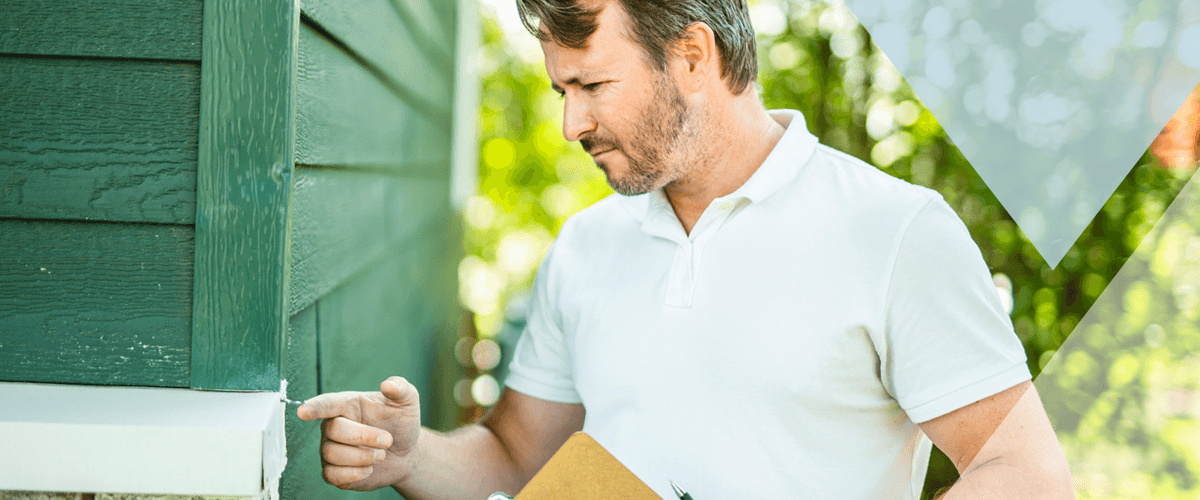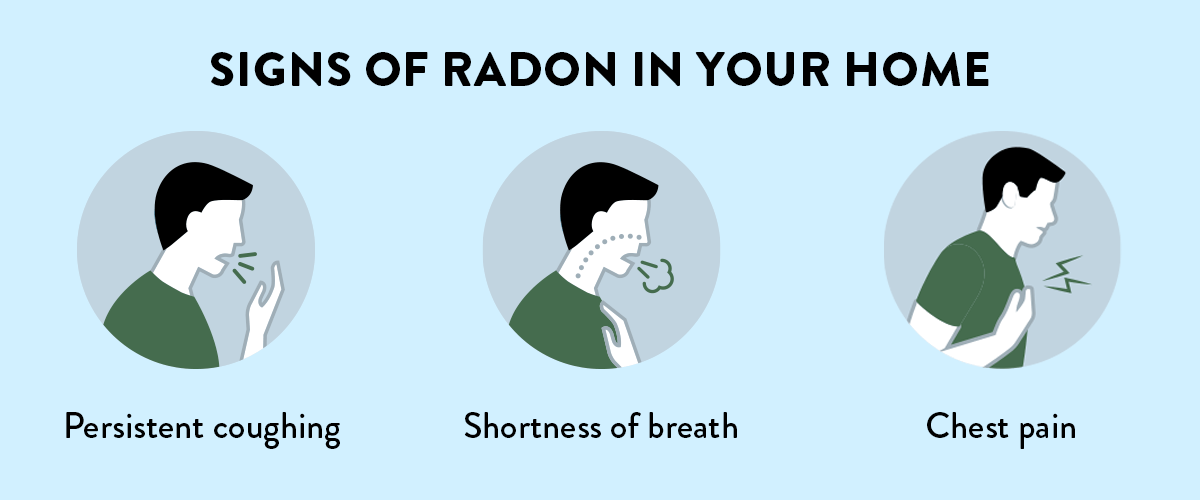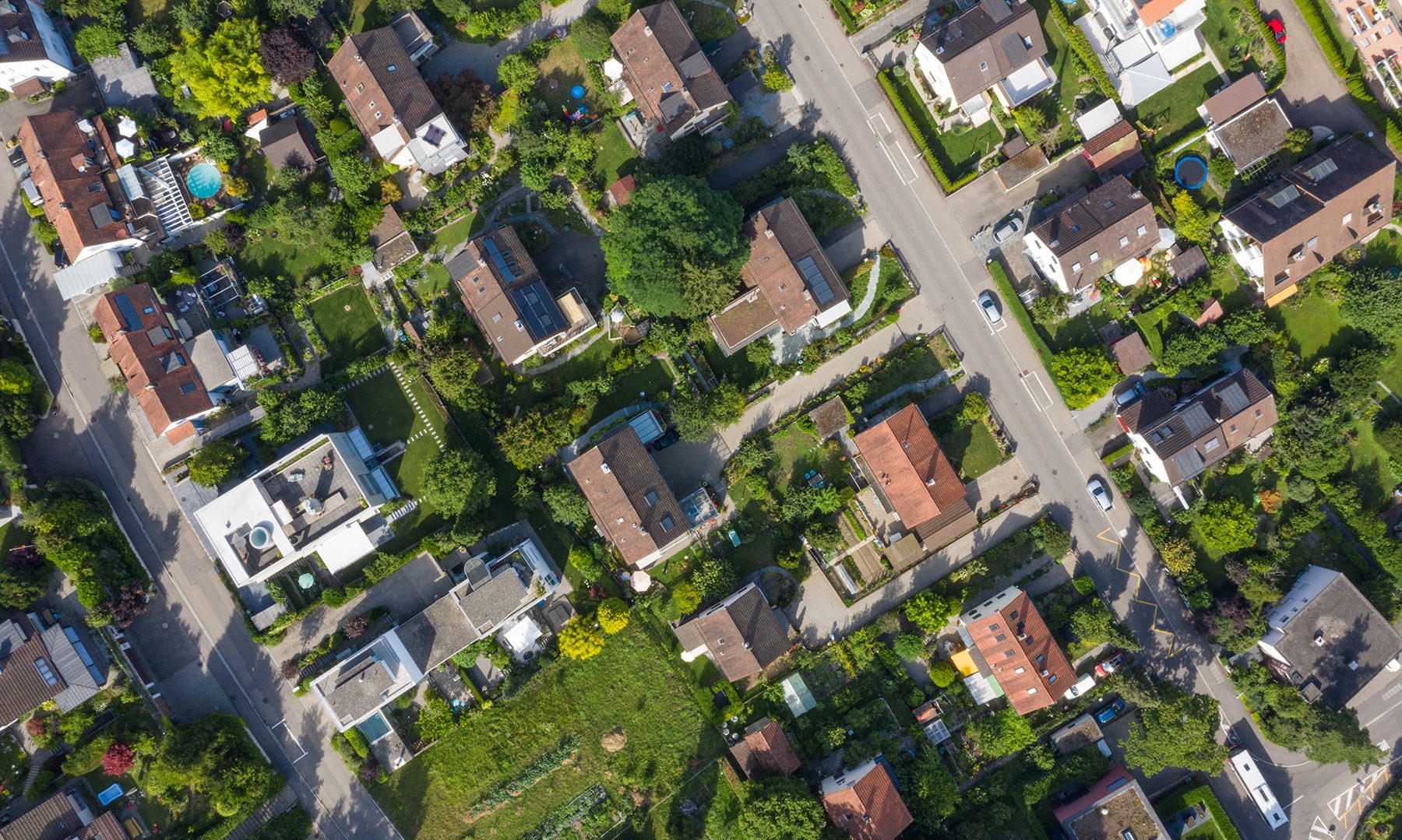
Radon is an odorless, colorless gas and is the leading cause of lung cancer in nonsmokers nationwide. This radioactive gas forms naturally through the breakdown of uranium in the soil, which means there is no escaping it. Outside, radon levels average 0.4 pCi/L, a level considered harmless. However, in homes, it can quickly rise to hazardous levels.
In this article, we share facts about radon in homes, the importance of testing, and why mitigation is the safest and most affordable way to keep your family safe.
Signs of Radon in Your Home
Radon is a silent threat that enters homes through cracks in the walls, foundation or basement. Due to its lack of visible physical indicators, you cannot rely on your senses to alert you to its presence in your home. However, family members can exhibit certain symptoms that may signal its presence:
- Persistent coughing
- Shortness of breath
- Chest pain
Areas With High Radon Levels
Some states have higher radon pollution because of their geology. For example, a study revealed that South Dakota and North Dakota are among the states with the highest radon concentrations. Other states, like Pennsylvania, only recorded hazardous levels in the eastern territory.
But this is statewide data, revealing average pollution. Radon concentration can differ from home to home, and testing is the only way to know if your home is safe. Whether you prefer DIY or entrust the process to a professional, we advise homeowners to test their properties before moving in or after renovations.

The Long-Term Effects of Radon Exposure
Extensive exposure to radon is a serious health risk. In fact, the gas is associated with over 21,000 lung cancer fatalities every year. Recent studies also suggest that radon is connected to breast and stomach cancer.
The American Academy of Neurology also discovered that long-term exposure heightened the risk of stroke. The study, which involved over 150,000 female participants, revealed that high-level exposure was among the factors that increased the risk of stroke by 14%.
Professional Radon Testing vs. Home Testing
DIY testing is an affordable and convenient option for homeowners interested in knowing the level of radon in their properties. You can get a kit online or from your local hardware store and test on your own schedule. Testing is straightforward, and you won’t need to wait for a contractor’s availability. However, there is a risk of your test being invalid if proper testing is not followed.
On the other hand, professional radon testing is an excellent alternative for homeowners looking for higher accuracy and more reliable results. Registered radon testers have access to advanced technology and follow strict, highly precise procedures. Beyond recording, they may be able to show you radon entry points in your home and suggest expert mitigation services.
Although more expensive, most health departments suggest professional testing during real estate transactions or if you recorded high initial readings with your DIY kit.
How to Test Your Home for Radon
If you are an accomplished DIY expert, you can complete testing for your home through either a short-term or long-term kit. A short-term kit runs for 2-90 days, while a long-term kit measures radon levels over 90 days.
Beyond the hardware, you can contact your state office to find out if they offer kits. Several state health departments have programs, such as discounted or free kits, to raise awareness.
Before you begin your test, keep the windows and doors closed for at least 12 hours. This preparatory step will help ensure you can get accurate readings.
Follow these steps to get started:
- Open your packaging to find the test kit, registration and instructions. Don’t open the testing device packaging until you are ready to set up. The kit should also specify the lab where you can send your device for analysis.
- Find the perfect place to put your kit and ensure it is away from disturbances, high heat, drafts and humidity, as these can impact your readings. Since radon enters from the soil, put your test in the lowest livable space of your home. This could be the basement or a room on the first floor. Don’t put the device in the kitchen or bathroom.
- Open the test package with a pair of scissors. Place the test device 20 inches above the ground, 3 feet from the exterior wall and 1 foot away from the interior wall.
- Write down the start date on your registration and wait. You can set a reminder for 48 hours later or for however long you will be testing. Remember to include the completion date as well.
- Mail your device with the registration form to the lab for testing.
Your test results may be available in two weeks. If your results indicate levels below 2 pCi/L, there is no need for action. This level is consistent with the average concentration in most American homes, which is 1.3 pCi/L. The recommended level to take action, according to the EPA, is 4 pCi/L and above.
The Average Cost of Radon Mitigation
Mitigation is your answer to radon reduction. Homes with readings on or above the action level should hire a residential remediation service. Most systems can lower radon levels by up to 99%. The process involves a mitigation expert installing a reduction system by directly connecting it to your foundation.
The cost of your mitigation system installation will depend largely on the type of system you need. Your mitigator will assess your home to determine the best system for you.
How Long Radon Mitigation Takes
There is no standard answer here. Depending on the size of your home, it can take a few hours to a day to install the system. However, the radon levels in your home should lower in no more than 24 hours. After 24 hours, you can conduct a post-installation test to verify the effectiveness of your system.
How Often to Test Your Home for Radon
Testing is recommended every two to five years, and before moving into a new home or completing remodels that involve layout changes — for example, if you plan to transform your basement into a living space, such as a bedroom or family room.
Take the Next Step to Protect Your Home
Whether you live in a high-risk state or have a basement you are actively using, you need radon mitigation to protect your family. It is affordable, and a system can be installed in a few hours. Our team at SWAT Environmental has the experience and expertise you need to reduce radon levels in your home. We offer over eight mitigation systems to ensure you get the right fit for your home. Get a quick quote today.


